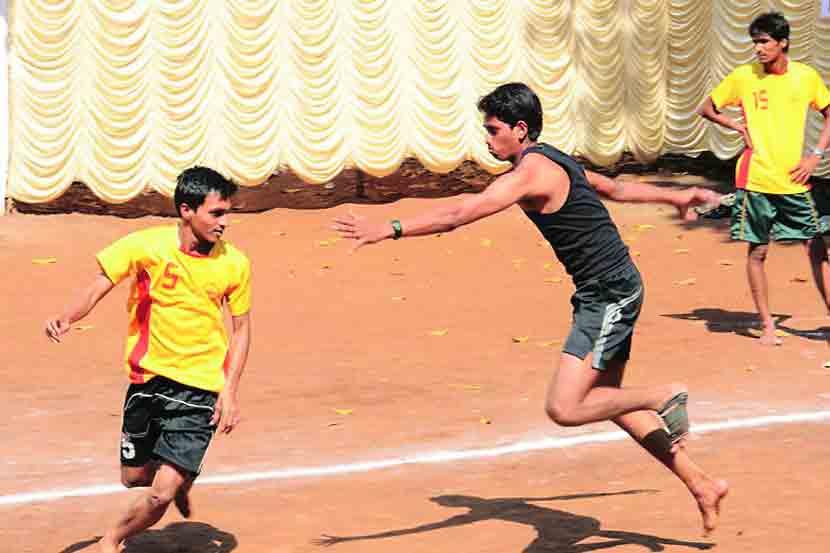Fast bowling in cricket is an enthralling blend of technique, strength, and scientific principles. It’s an action that not only distinguishes cricket from other sports but also embodies a complex interplay of biomechanics. This intricate motion has captured the attention of many people considering the pitches at the current leg of the T20 World Cup in USA, where extensive focus has been generated to understand the opponent’s fast bowling as well as developing strategies to deal with it.
From the physics of generating speed to the strategies for preventing injuries, this article explores the critical aspects of fast bowling biomechanics. Whether you’re an aspiring cricketer or a seasoned player, gaining insights into these biomechanical principles can enhance your performance and longevity in the sport. Dive into the science behind fast bowling to uncover how precise technique, physical conditioning, and injury prevention come together to create the perfect delivery.
Table of Contents
Understanding the Fast Bowling Action
Fast bowling is distinct from over-arm throwing sports due to cricket’s rules prohibiting elbow straightening after the arm reaches shoulder height. Fast bowlers use a run-up to gather momentum, transitioning into the delivery stride where the torso rotates away from the batter and then towards them, allowing the arm to achieve a vertical release position.
Key Phases in Fast Bowling:
- Run-Up and Gather: Bowlers set up the circling motion of the bowling arm.
- Delivery Stride: From back foot contact to front foot contact, the torso rotates away and then towards the batter.
- Ball Release: The front leg acts as a pivot, with the torso rotating and flexing forward to achieve a vertical arm release position.
Addressing Back Injuries
Lower back injuries, especially stress fractures, are a significant issue for fast bowlers. These injuries result from repeated loads that exceed the lumbar vertebrae’s capacity. The load on the lumbar spine peaks just after front foot contact due to high ground reaction forces, combined with rapid flexing, twisting, and side bending motions.
Research Findings:
- Lateral Flexion: Bowlers often exceed their available lateral flexion range during delivery, leading to higher injury risk.
- Pelvic Rotation and Trunk Angles: Greater pelvis rotation beyond a front-on position and extreme lateral flexion angles at ball release are linked to injury risk.
Practical Application and Technique Analysis
Using simple 2D video analysis, we can measure trunk lateral flexion angles to evaluate a bowler’s technique. For instance, extreme lateral flexion angles (>50°) often indicate issues earlier in the delivery stride, such as poor set-up positions or incorrect weight transfer.
Example:
A bowler exhibiting excessive lateral flexion might display “kicking out” with the rear leg during the gather and “sitting” into the back leg, leading to an inward drift and upper body fall during the delivery stride. Addressing these issues involves improving set-up positions and weight transfer direction, coupled with strength training for better support and control during the delivery stride.
Unveiling the Science Behind Speed and Injury Prevention
Fast bowling in cricket is a captivating amalgamation of skill, strength, and science. This unique action distinguishes cricket from other sports and has piqued the interest of researchers, notably at Loughborough University. Their biomechanics research into fast bowling has been instrumental in enhancing our understanding of how technique impacts performance and the risk of lumbar bone stress injuries.
Key Insights from Loughborough University
The Mechanics of Speed
Ball speed is a crucial factor for fast bowlers. Research at Loughborough has identified several key elements linked to higher ball speeds:
- Run-Up Speed: A faster run-up significantly contributes to ball speed.
- Front Knee Position: A braced front knee at ball release helps achieve higher speeds.
- Arm and Trunk Dynamics: Delayed swinging of the bowling arm and greater trunk flexion between front foot contact and ball release are essential.
- Ground Reaction Forces: Lower vertical ground reaction forces and slower loading rates, both vertically and horizontally, correlate with increased ball speed.
The techniques used by male and female fast bowlers to generate ball speed differ significantly. Male bowlers primarily rely on linear momentum conserved through the delivery stride, while female bowlers generate speed through whole-body angular momentum, utilizing large rotator muscles to rotate the pelvis and torso.
Injury Mechanisms
Lumbar bone stress injuries are the most prevalent and concerning injuries among fast bowlers, often sidelining players for up to eight months. Loughborough’s research has pinpointed key biomechanical risk factors:
- Rear Hip Flexion: Greater rear hip flexion at back foot contact increases the risk.
- Lumbar Spine Extension: A more extended lumbar spine at front foot contact is also a risk factor.
- Bowling Workload: High bowling workloads over a week can contribute to these injuries.
Additionally, the asymmetric technique of fast bowling leads to unique adaptations in the lumbar spine, with significantly greater bone mineral density on the contralateral side to the bowling arm, peaking at L4.
Conclusion
By leveraging research insights and practical field-based analysis, we can refine bowling techniques, ensuring that bowlers can deliver with speed and precision while safeguarding their long-term health.
Understanding the biomechanics of fast bowling not only enhances performance but also plays a crucial role in injury prevention. Continuous research and application of these insights will help fast bowlers at all levels of the game to achieve their full potential while maintaining their health and longevity in the sport.





